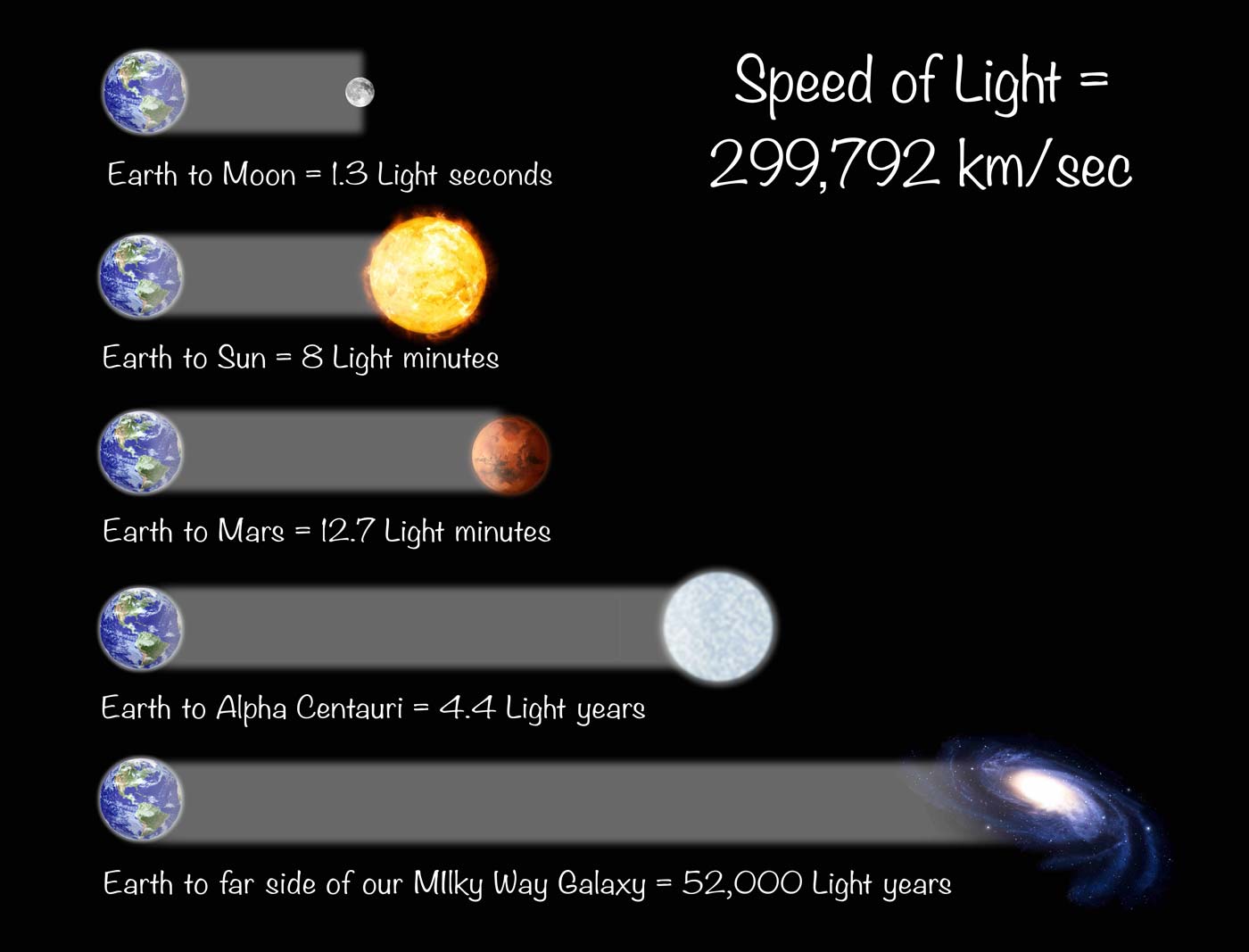Snail Speed: Understanding How Fast These Creatures Actually Move
How fasting does a snail travel?
Snails are notorious for their slow movement, oftentimes use as a metaphor for anything that progress at a glacial pace. But precisely how slow are these gastropods? The average garden snail travels at roughly 0.03 miles per hour (0.048 kilometers per hour). To put this in perspective, at this speed, a snail would take over 33 hours to complete a single mile.
This unmistakably slow pace make snails one of the slowest creatures on earth. Yet, not all snails move at the same speed, and various factors influence how speedily they can travel.
Measure snail speed
Scientists typically measure snail speed in millimeters per second or centimeters per minute. The common garden snail (
Corn aaspersed
, erstwhile
Helix asperse
) moves at approximately 1.3 centimeters per minute. This ttranslatestoo approximately:
- 0.8 meters per hour
- 47 millimeters per minute
- 0.8 millimeters per second
These measurements may vary base on experimental conditions, the health of the snail, and environmental factors. Researchers oftentimes use control environments with flat surfaces to obtain consistent measurements.
Factors affect snail speed
Surface type
The surface a snail traverses importantly impact its speed. Snails move by secrete mucus from their foot, create a slippery path that reduce friction and protect their soft body from rough surfaces. On smooth surfaces like glass or plastic, snails can move more expeditiously than on rough terrain like soil or bark.
Interestingly, vertical surfaces can sometimes be navigated axerophthol speedily as horizontal ones, thanks to the adhesive properties of snail mucus. Thisallowsw snails to climb walls and yet travel top downwards.
Environmental conditions
Temperature and humidity play crucial roles in snail mobility:
-
Temperature
snails are near active between 68 ° f and 75 ° f ((0 ° c to 24 ° c ))In colder conditions, their metabolism slow, reduce their movement speed. Exceedingly hot conditions can cause dehydration, tooto limitbility. -
Humidity
higher humidity levels mostly facilitate faster movement, as moisture help snails produce the mucus necessary for locomotion. During dry conditions, snails conserve moisture by move less or estivate ((nter a dormant state ))
Species variations
Different snail species move at vary speeds. Aquatic snails much move fasting than their terrestrial counterparts, with some pond snails reach speeds of up to 0.07 mph (0.11 kph ) Among land snails:
-
Giant African land snails (
China fulJulia
) can move slimly fasting than garden snails, reach speeds of up to 0.04 mph. -
Roman snails (
Helix Romania
) typically move at speeds similar to garden snails. - Some smaller species move proportionately fasting relative to their body size.
The science behind snail movement
Muscular locomotion
Snail movement involve a complex interplay of muscular contractions in their foot. Unlike many animals that use limbs for locomotion, snails employ what scientists call” adhesive locomotion ” r “” scular waves. ”
The snail’s foot contain bands of muscles that contract consecutive, create waves that move from the tail to the head. These muscular waves, combine with the secretion of mucus, propel the snail forward moving. This method of movement is unmistakably energy efficient but inherently slow.

Source: tffn.net
The role of mucus
Snail mucus serve multiple purposes in locomotion:
- Create a frictionless surface for movement
- Protect the foot from damage on rough surfaces
- Provide adhesion for climb vertical surfaces
- Help seal the body to prevent water loss
The production of mucus requires significant energy and water resources, which partially explain why snails move slow and cautiously. A snail can use up to 30 % of its energy produce this mucus trail.
Speed comparisons
To appreciate scarce how slow snails are, consider these comparisons:
- A human walking at average speed (3 mph )move approximately 100 times fasting than a snail.
- A garden ant can travel at roughly 0.3 mph, make it approximately 10 times fasting than a snail.
- A three toed sloth, much consider one of the slowest mammals, moves at well-nigh 0.15 mph, motionless 5 times faster than a snail.
- A snail would take roughly 4.5 days to travel a kilometer, assume it moves endlessly.
Yet, snails seldom travel endlessly. They take frequent rest periods and may remain stationary for extended periods, peculiarly during unfavorable conditions.
Snail speed records
Believe it or not, competitive snail racing is an actual activity in some parts of the world, peculiarly in the United Kingdom. The world record for snail racing was set at the annual world snail racing championships in confab, nNorfolk where a snail name aArchiecomplete a 113-inchcircular course in 2 minutes and 20 seconds in 1995.

Source: tffn.net
This record set pace equate to roughly 0.06 mph, suggest that some snails can move importantly fasting than the average when motivated or under ideal conditions.
Why are snails thusly slow?
Evolutionary advantages
The snail’s slow pace isn’t a disadvantage but sooner an evolutionary adaptation that offer several benefits:
-
Energy conservation
slow movement require less energy, allow snails to survive on minimal food resources. -
Water conservation
reduced activity help minimize water loss through mucus production and respiration. -
Predator avoidance
many snails have ddevelopedprotective shells sooner than speed as their primary defense mechanism.
Metabolic considerations
Snails have comparatively low metabolic rates compare to many other animals. This slow metabolism contribute to their longevity (some species can live 10 15 years in the wild )but limit the energy available for movement.
Additionally, being ectothermic (ccold-blooded) snails rely on environmental heat to regulate their body temperature and metabolic processes. This dependence on external conditions far explain their variable movement speeds across different environments and seasons.
Tracking snail movement
Modern research on snail locomotion employ sophisticated technologies:
- Time-lapse photography capture movement patterns over extend periods
- Motion track software analyze precise velocities and acceleration
- Miniature RFID tags help track snail movements in natural habitats
- Force plates measure the mechanical aspects of snail locomotion
These studies have revealed that snails don’t move at constant speeds but kinda in bursts of activity follow by rest periods. They may too adjust their pace base on factors like food availability, potential mates, or perceive threats.
Daily travel distance
In a 24-hour period, an active garden snail might travel between 1.5 to 6 meters (5 to 20 feet ) Nonetheless, snails typically don’t travel unceasingly throughout the day. They’re near active during dawn, dusk, and nighttime hours, particularly in humid conditions after rainfall.
During unfavorable conditions, snails may not move at totally for days or even weeks. During winter in temperate climates, snails enter hibernation (call eestimation) during which they seal themselves inside their shells with a layer of dry mucus and remain entirely stationary.
Practical implications of snail speed
For gardeners
Understand snail movement help gardeners implement effective control measures:
- Snails typically travel up to 10 meters per night search for food
- They tend to return to the same shelter during daylight hours
- Barriers need exclusively be a few inches high to be effective, as snails move mainly horizontally
- Rough or sharp surfaces (eggshells, diatomaceous earth )can importantly slow or deter snail movement
For scientists
The unique locomotion method of snails has inspired biomimetic research in several fields:
- Robotics engineers study snail movement to develop soft robots that can navigate difficult terrain
- Medical researchers examine snail mucus properties for potential applications in adhesives and wound healing
- Material scientists investigate the friction reduce properties of snail mucus for lubricant development
Interesting facts about snail movement
Beyond their speed, snails exhibit fascinating movement behaviors:
- Snails can detect and follow mucus trails leave by other snails, potentially help them find mates or food sources.
- Some aquatic snails can move fasting by use cilia (tiny hair like structures )in addition to muscular waves.
- Snails can modify their movement technique base on the surface they’re traverse.
- The mucus trail leave tail by a snail can remain visible and effective as a path for several days.
- Snails can traverse razor edges without injury thanks to their mucus protection.
Conclusion
While snails move at what seem like an unbelievably slow pace to humans — roughly 0.03 miles per hour — their speed is absolutely adapted to their ecological niche and physiological requirements. The complex muscular system and specialized mucus that enable their movement represent remarkable evolutionary adaptations.
Far from being merely” slow creatures, ” nails demonstrate sophisticated locomotion strategies that balance energy conservation, protection, and mobility. Their deliberate pace has alallowedhem to thrive for millions of years and colonize diverse habitats planetary.
The next time you observe a snail’s leisurely journey across your garden, remember that your witness a mode of transportation that has been rerefinedhrough countless generations of evolutionary success — slow, peradventure, but unmistakably effective.



